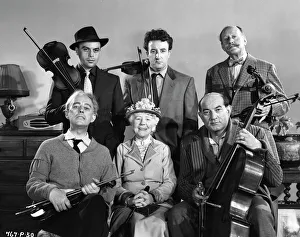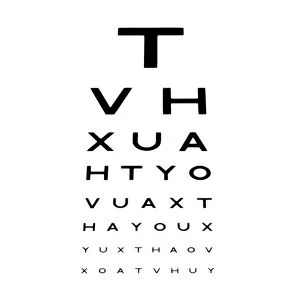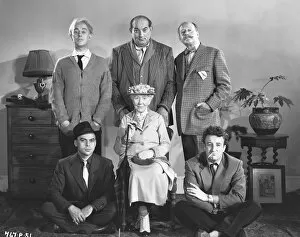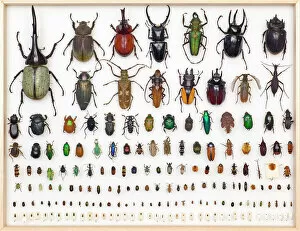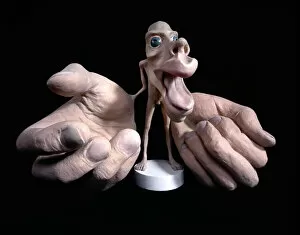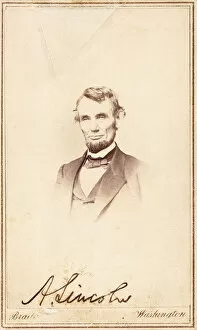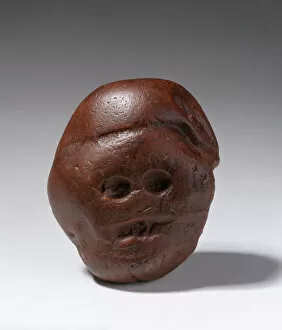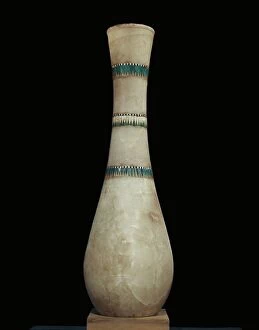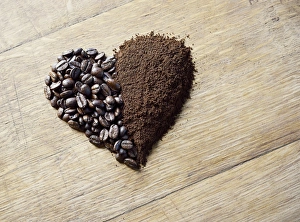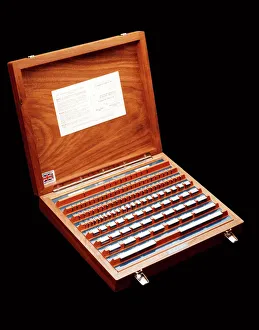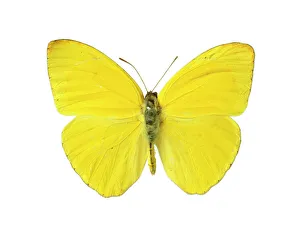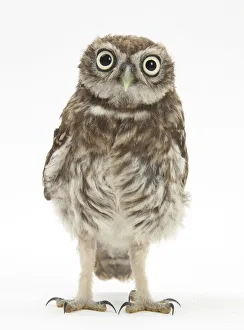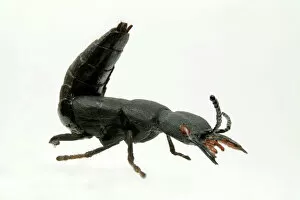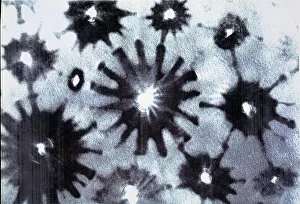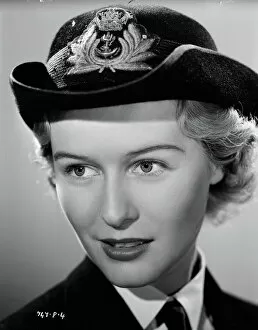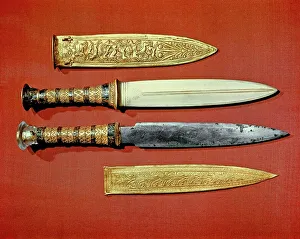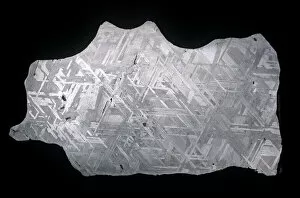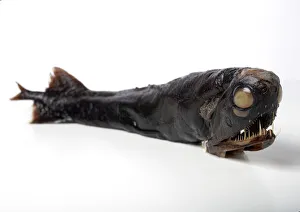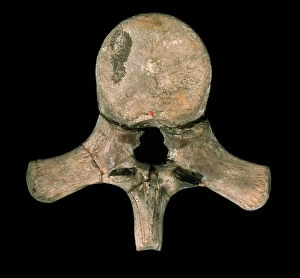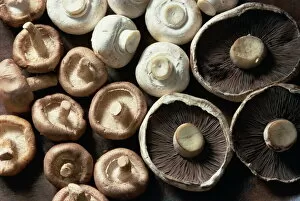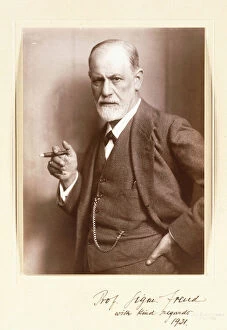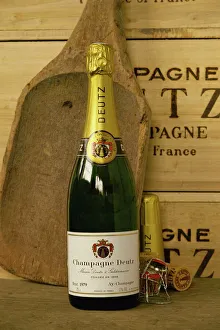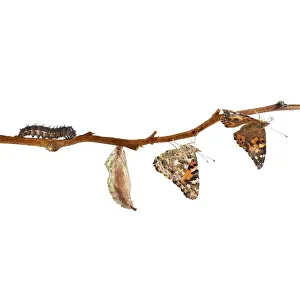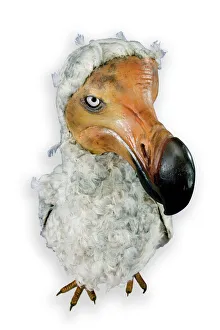Studio Shot Collection
"Studio Shot: Exploring the Intricate Tapestry of Art, Science, and Culture" In this captivating studio shot
All Professionally Made to Order for Quick Shipping
"Studio Shot: Exploring the Intricate Tapestry of Art, Science, and Culture" In this captivating studio shot, we are transported to a world where diverse elements seamlessly intertwine. The Torah scroll takes center stage, symbolizing the rich heritage and spiritual significance of Jewish prayers. Its intricate design hints at centuries-old traditions passed down through generations. Our journey continues as we encounter the Hereford Mappa Mundi, a remarkable masterpiece from 1285 Italy. Created by artist Richard de Bello, this map offers a glimpse into Europe's historical landscape and serves as a testament to human curiosity and exploration. Amidst these treasures lies Riley, an adorable 13-week-old Brown Roan Italian Spinone puppy. Playfully chewing his tail, he embodies youthful innocence and reminds us of life's simple joys. The sensory homunculus captures our attention next—a visual representation of how our brains perceive touch sensations across different body parts. It showcases the intricacies of our neural pathways and highlights the wonders of human physiology. As we delve deeper into understanding vision capabilities, an eyesight test chart emerges—reminding us that sight is both a gift and responsibility. This tool aids in assessing visual acuity while emphasizing the importance of caring for our eyesight. A nod to cinematic brilliance comes with "The Lady Killers. " This classic film captivates audiences with its clever plot twists and memorable characters—an artistic creation that stands the test of time. Venturing further into nature's realm brings us face-to-face with entomology specimens—delicate creatures preserved for scientific study. These specimens offer glimpses into Earth's biodiversity while igniting curiosity about insects' vital role in maintaining ecological balance. Returning once more to examine vision capabilities through another eyesight test chart reveals humanity's fascination with unraveling mysteries hidden within ourselves—the complexities that make each individual unique yet interconnected. The motor homunculus then beckons us—a striking illustration of how our brains control voluntary movements.


